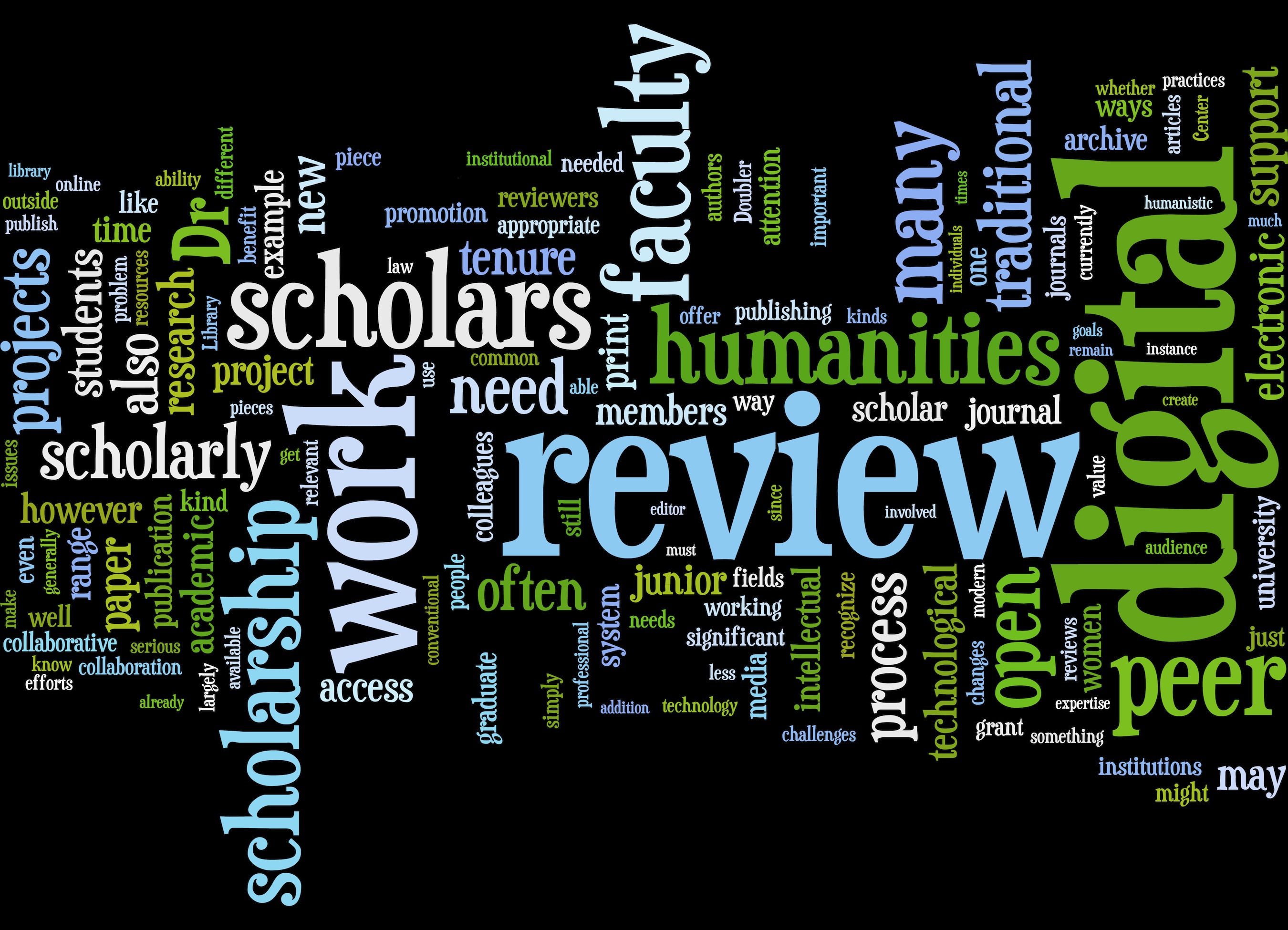The Gabii Goes Digital Project provides an opportunity to develop innovative modes of publication for our own data, and to address broader issues in the communication and publication of born digital, non-traditional data sources in the humanities and social sciences. This project is composed of four tasks: consultation, peer reviewer community building, content creation, and peer review process development.

In the early stages of this project we will conduct a survey of needs. The aim of this survey is to identify key issues and concerns about the peer reviewed publication of 3D models and related complex digital content. We aim to circulate the survey in academic, publishing, and cultural heritage management and government agency circles, so that the results will be representative of the views of the different communities involved in the publication and review processes.
Through webinars, discussion lists, and meetings at conferences, we plan to cultivate a community of peer reviewers with a shared frame of reference. Participants in the project's activities will develop the necessary skills and gain the background needed to confidently evaluate these publications. Participants will also play an essential role in this project by providing feedback on the form of the pilot publication and by helping establish the criteria on which these publications should be evaluated. This core community will have the opportunity to engage with both digital content developers and project partners at academic and commercial presses.

To start thinking about the criteria we might use to evaluate 3D modeling content, we're going to need some sample content. Through this project we will prepare an article for submission which will incorporate the kinds of 3D modeling and interactive content we would eventually like to see in our publications. As we prepare these materials, we will discuss them with participants in our webinars and workshops, using them to explain the choices made in creating the models.
We set up some sample content, which you can access here. This example shows part of a stratigraphic sequence excavated at Gabii in 2010. The wall shown here is cut by a burial, and later burials appear nearby. A model like this might appear supporting a narrative about the shrinking urban area at Gabii, attested by the replacement of domestic areas by a necropolis located within what was formerly a core urban area.


The preservation and dissemination of 3D archaeological data, and the adaptation of peer review to accommodate publications based on complex digital data and models, are key emergent issues in 21st-c. archaeology and related fields. The Gabii Project's recording strategy makes extensive use of technologies like 3D modeling and photogrammetric survey, and we have amassed a rich, born-digital archive, which we are preparing to publish. The core of the Gabii Digital Project is about developing a process and a shared frame of reference for the peer reviewed publication of the kinds of digital 3D models and complex, interactive datasets projects like ours are now producing.